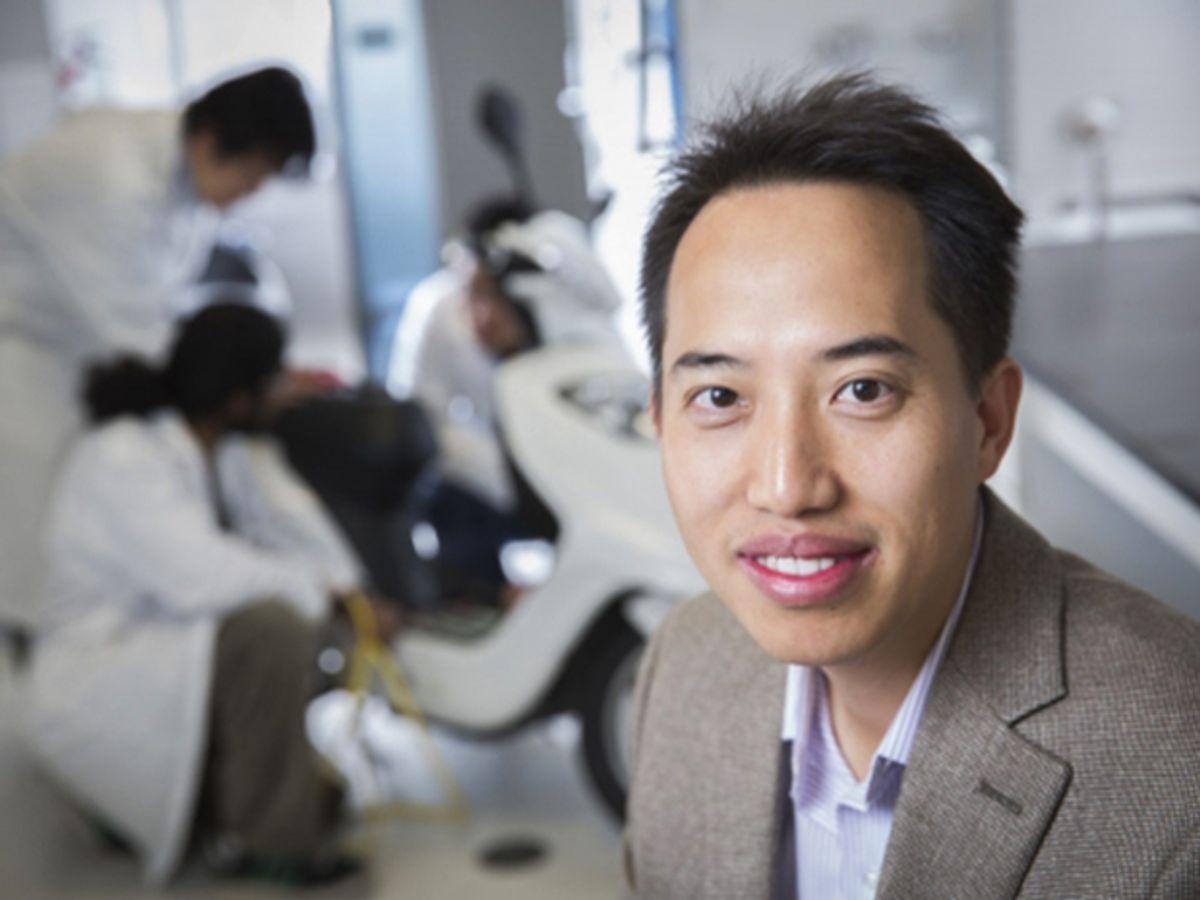This blog has long chronicled the efforts to change the electrodes of lithium ion (Li-ion) batteries from graphite to silicon. If you replace graphite with silicon on the anodes of a Li-ion battery, you can increase the charge by as much as a factor of ten.
Sounds great, but after a few charge-discharge cycles the silicon cracks and becomes inoperable from the expansion and contraction of the material. This is why researchers have been hard at work trying to create a nanostructured silicon that provides most of the attractive charge capacity but doesn’t crack after a few charge/discharge cycles.
The latest attempt at creating a silicon material that won’t crack under the demands of serving as an anode material comes out of the University of Waterloo in Canada where researchers have created a hybrid material made from silicon, sulfur and graphene that promises a 40 to 60 percent increase in energy density over today’s Li-ion batteries.
In research published in the journal Nature Communications, the Waterloo researchers developed a flash heat treatment process for the hybrid material that dramatically decreases the volume expansion typically seen in silicon while still boosting the performance and cycle numbers.
“The economical flash heat treatment creates uniquely structured silicon anode materials that deliver extended cycle life to more than 2000 cycles with increased energy capacity of the battery,” said Zhongwei Chen, a chemical engineering professor at Waterloo, in a press release.
Since the research was supported by the General Motors Global Research and Development Centre, it would be reasonable to assume that there is at least some expectation that these improvements to Li-ion battery technology will help the development of its use in all-electric and hybrid vehicles.
Half-a-decade ago, then U.S. Energy Secretary Steven Chu suggested at the United Nations Climate Change Conference in Cancun that Li-ion batteries may not be the solution for powering all-electric vehicles (EVs).
While there has been a lot of research since then that has aimed to improve Li-ion battery technology with at least a stated aim of being applied to EVs, there has also been a movement towards other battery technologies that may be better suited to the task. Some of the research has looked at lithium-air batteries, others at lithium-sulfur batteries and even just lithium on its own.
There’s no doubt that Li-ion batteries have become ubiquitous in all our hand-held electronic devices and that’s probably because its capabilities fit the demands of these applications. However, whether all these nanomaterial developments to Li-ion batteries will lead to them winning the EV market remains to be seen.
Dexter Johnson is a contributing editor at IEEE Spectrum, with a focus on nanotechnology.



